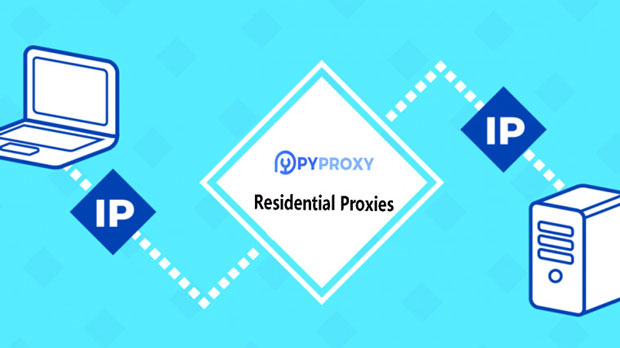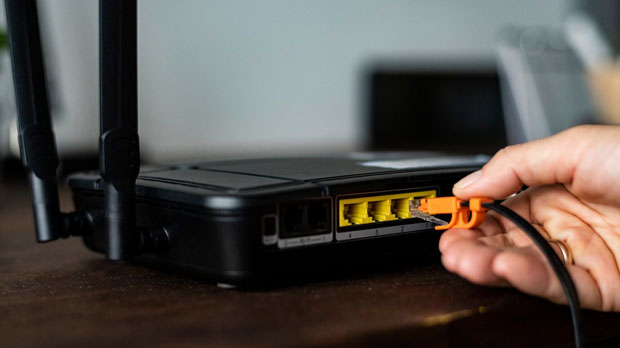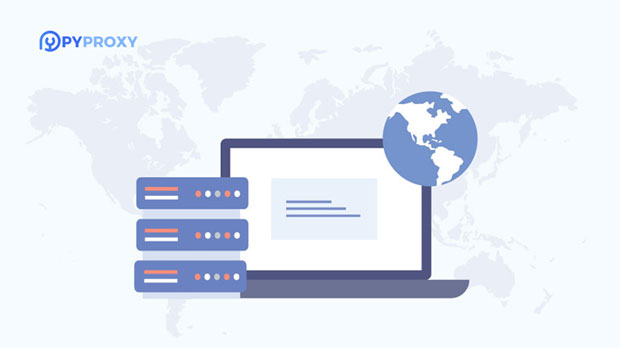In today's digital age, maintaining privacy and security while navigating the internet has become a priority. One of the most widely used tools to protect personal information and access restricted content is HTTPS proxies. Among the available options, ProxyEmpire and PYPROXY are two popular choices that claim to offer reliable performance for secure browsing. In this article, we will delve into a comprehensive comparison of ProxyEmpire and PyProxy's HTTPS proxy performance, assessing various aspects such as speed, stability, security features, ease of use, and overall reliability. This comparison aims to provide valuable insights for businesses and individuals seeking to enhance their online privacy and proxy-related needs. Overview of HTTPS Proxy PerformanceBefore diving into the specifics of ProxyEmpire and PyProxy, it’s important to understand what makes an HTTPS proxy effective. An HTTPS proxy acts as an intermediary between the user's device and the target website, encrypting traffic to ensure secure communication. The performance of these proxies can vary based on several factors, including connection speed, server locations, and security protocols.While both ProxyEmpire and PyProxy promise high-performance proxies, it is essential to compare their offerings based on key performance metrics to determine which one is better suited to meet users’ needs. Below, we will evaluate the strengths and weaknesses of each, offering a deep dive into their respective features.Speed and LatencyWhen it comes to HTTPS proxies, speed and latency are critical factors, especially for users involved in activities like web scraping, content streaming, or online gaming. A slow proxy can result in buffering issues, slow load times, and an overall frustrating user experience.ProxyEmpire boasts a robust network with servers located in several strategic locations globally. This broad network helps reduce latency and ensures faster response times, particularly for users in regions that have access to high-quality servers. However, as with many proxy services, performance can degrade during peak times when the servers are under heavy load.On the other hand, PyProxy is designed with simplicity and speed in mind. Its servers are optimized for performance, and while it may not offer as many global locations as ProxyEmpire, it provides a consistently stable and fast connection. Users who need quick access for light browsing or moderate data-heavy tasks may find PyProxy sufficient. However, when it comes to heavy traffic, ProxyEmpire's more extensive network might offer better speed consistency.Stability and ReliabilityProxy stability is another crucial consideration when choosing a proxy service. Unstable proxies can disconnect frequently, causing interruptions in service. This is particularly important for users who rely on proxies for business operations or long-running sessions.ProxyEmpire, due to its larger server infrastructure, offers a high level of stability with minimal downtime. The company’s use of load-balancing technology ensures that no individual server bears too much traffic, keeping the proxies stable during high-demand periods. However, some users have reported that their connections can be slower to establish, which may affect long-running sessions.PyProxy, being a more streamlined option, offers reliable performance with less complexity. Users typically experience fewer drops in connection, and since it focuses on delivering straightforward, high-speed proxies, the likelihood of service disruptions is lower. For businesses or individuals who need a straightforward solution, PyProxy provides a reliable option, although it lacks the level of redundancy and failover protection that ProxyEmpire offers.Security FeaturesSecurity is one of the primary reasons users opt for HTTPS proxies. Both ProxyEmpire and PyProxy offer encryption, but they do so in slightly different ways.ProxyEmpire uses strong encryption standards, ensuring that users’ data is protected during transit. It also provides advanced security protocols like IP rotation and anti-fingerprint technology, which are beneficial for users engaging in activities like web scraping or circumventing geographical restrictions. The inclusion of additional privacy features enhances its appeal to users who prioritize anonymity.PyProxy, on the other hand, offers basic security features that provide a solid level of protection for most casual users. It supports SSL encryption for secure connections and IP masking to safeguard users' identity. However, it lacks some of the advanced privacy-enhancing tools offered by ProxyEmpire. For users who don’t require advanced security features, PyProxy’s offering might be adequate, but for those who need enhanced anonymity or more secure browsing, ProxyEmpire’s additional features make it a stronger choice.Ease of Use and SetupThe user experience plays a pivotal role in the selection of a proxy service. The process of setting up and using a proxy should be straightforward, with minimal complications for users of all technical backgrounds.ProxyEmpire provides an intuitive dashboard that allows users to select from various proxy types and configure settings with ease. The platform also provides detailed guides and customer support to assist with setup. However, the sheer number of customization options may be overwhelming for less experienced users.In contrast, PyProxy focuses on simplicity, with a clean and easy-to-use interface. Setting up the proxy is straightforward, making it an excellent choice for beginners or users who need a quick solution. While the simplicity is beneficial for ease of use, it may limit advanced users who seek greater control over their proxy configurations.Cost and Value for MoneyCost is a significant factor in any purchasing decision, and the choice between ProxyEmpire and PyProxy will often come down to budget constraints and the value provided.ProxyEmpire, being a more feature-rich and larger service, tends to be on the more expensive side. However, the higher price point reflects the quality of service, especially for businesses or power users who require stable, fast, and secure proxies for critical tasks. The extended server network and additional features like IP rotation and advanced security measures justify the price for those who need reliability and enhanced performance.PyProxy, on the other hand, offers a more budget-friendly option without sacrificing too much in terms of performance. For individuals or small businesses that don’t require the extensive features offered by ProxyEmpire, PyProxy presents a more affordable yet effective alternative. Its cost-effective pricing makes it an attractive option for users who are looking for basic proxy services without the need for advanced functionalities.Final Thoughts: Which One Is Better for You?Both ProxyEmpire and PyProxy offer solid HTTPS proxy services, but they cater to different types of users. ProxyEmpire excels in providing a comprehensive, feature-rich solution for power users and businesses that need high-speed, secure, and reliable proxies with advanced privacy tools. Its extensive server network and extra features like IP rotation make it ideal for users involved in high-demand tasks like data scraping, SEO, or streaming.On the other hand, PyProxy is a more affordable and straightforward solution for casual users who require reliable performance without the need for complex features. Its ease of use and consistent speed make it a great choice for users looking for an uncomplicated, cost-effective proxy service.
Oct 22, 2025



































































